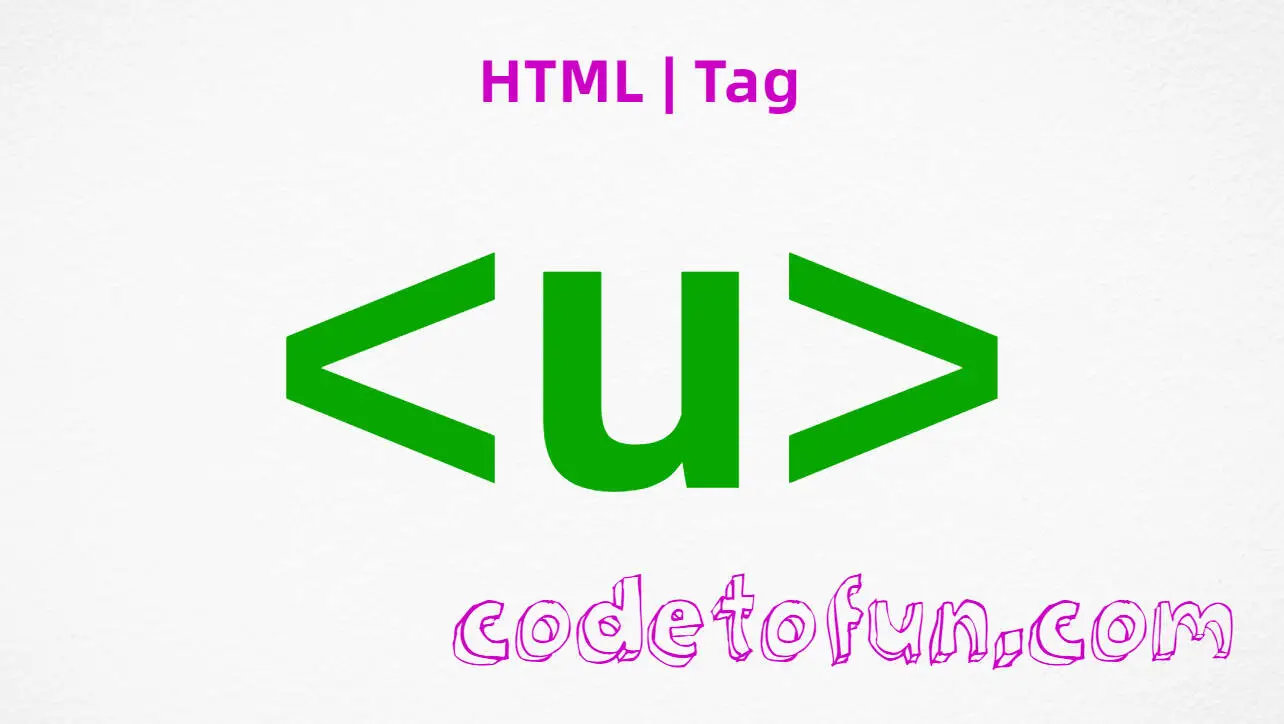
HTML Basic
HTML Reference
- HTML Tags
- <!--...-->
- <!DOCTYPE>
- <a>
- <abbr>
- <address>
- <area>
- <article>
- <aside>
- <audio>
- <b>
- <base>
- <bdi>
- <bdo>
- <blockquote>
- <body>
- <br>
- <button>
- <canvas>
- <caption>
- <cite>
- <code>
- <col>
- <colgroup>
- <data>
- <datalist>
- <dd>
- <del>
- <details>
- <dfn>
- <dialog>
- <div>
- <dl>
- <dt>
- <em>
- <embed>
- <fieldset>
- <figcaption>
- <figure>
- <footer>
- <form>
- <h1> to <h6>
- <head>
- <header>
- <hgroup>
- <hr>
- <html>
- <i>
- <iframe>
- <img>
- <input>
- <ins>
- <kbd>
- <label>
- <legend>
- <li>
- <link>
- <main>
- <map>
- <mark>
- <menu>
- <meta>
- <meter>
- <nav>
- <noscript>
- <object>
- <ol>
- <optgroup>
- <option>
- <output>
- <p>
- <param>
- <picture>
- <pre>
- <progress>
- <q>
- <rp>
- <rt>
- <ruby>
- <s>
- <samp>
- <script>
- <search>
- <section>
- <select>
- <small>
- <source>
- <span>
- <strong>
- <style>
- <sub>
- <summary>
- <sup>
- <svg>
- <table>
- <tbody>
- <td>
- <template>
- <textarea>
- <tfoot>
- <th>
- <thead>
- <time>
- <title>
- <tr>
- <track>
- <u>
- <ul>
- <var>
- <video>
- <wbr>
- HTML Deprecated Tags
- HTML Events
- HTML Global Attributes
- HTML Status Code
- HTML Language Code
- HTML Country Code
- HTML Charset
- MIME Types
HTML u Tag

Photo Credit to CodeToFun
🙋 Introduction
In the world of HTML, the <u> tag plays a significant role in styling text by adding an underline. This comprehensive guide will navigate you through the intricacies of the HTML underline tag, exploring its syntax, use cases, and best practices.
🤔 What is <u> Tag?
The <u> tag is a fundamental HTML element used to define and apply an underline to text content. It provides a straightforward way to emphasize or differentiate certain words or phrases within a document.
💡 Syntax
To implement the <u> tag, enclose the text you want to underline between the opening <u> and closing </u> tags.
<u>Underlined Text Here</u>🧰 Attributes
The <u> tag typically does not require additional attributes. However, it supports global attributes like class and style for enhanced customization.
<u class="highlight" style="text-decoration-color: #007bff;">Styled Underline Text</u>📚 Common Use Cases
Basic Underlining:
The primary purpose of the
<u>tag is to underline text for emphasis.basic-underlining.htmlCopied<p>This is an <u>important</u> message.</p>Stylish Underlining:
Combine with CSS styles to achieve visually appealing underlined text.
stylish-underlining.htmlCopied<p>Explore our <u class="fancy-underline">creative</u> collection.</p>
🖥️ Browser Support
Understanding the compatibility of the <u> tag across different browsers is essential for delivering a consistent user experience. Here's an overview of its support:
- Google Chrome: Fully supported.
- Mozilla Firefox: Fully supported.
- Microsoft Edge: Fully supported.
- Safari: Fully supported.
- Opera: Fully supported.
- Internet Explorer: Fully supported.
Ensure you test your code in various browsers to guarantee a seamless experience for your audience.
🏆 Best Practices
- Use the
<u>tag judiciously, as excessive underlining can reduce readability. - Combine with other text formatting tags for a well-balanced presentation.
- Employ CSS for advanced styling, allowing you to control aspects like underline color.
🎉 Conclusion
Mastering the <u> tag empowers you to add emphasis and style to your text content. Whether for basic underlining or creative typography, this HTML element proves versatile in enhancing the visual appeal of your web pages.
👨💻 Join our Community:
Author

For over eight years, I worked as a full-stack web developer. Now, I have chosen my profession as a full-time blogger at codetofun.com.
Buy me a coffee to make codetofun.com free for everyone.
Buy me a Coffee












If you have any doubts regarding this article (HTML u Tag), please comment here. I will help you immediately.